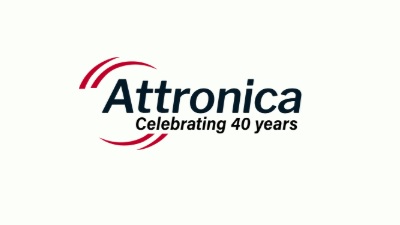AV Reliability Emerges as Critical Productivity Factor in Hybrid Work Environments

Summary
Full Article
Organizations experiencing recurring issues with audiovisual equipment are confronting substantial productivity losses, particularly in hybrid work environments where reliable technology is essential for effective collaboration. Common problems including projector failures, connectivity issues, and audio glitches consume valuable meeting time and undermine professional credibility when presenting to clients or stakeholders. The hidden costs extend beyond immediate technical difficulties, with research from Harvard Business Review indicating that poor audio/video quality ranks among the top productivity barriers in modern workplaces.
Microsoft's Work Trend Index further demonstrates how technological interruptions erode focus and reduce overall work throughput, making reliable AV infrastructure a critical business investment rather than an optional luxury. Immediate improvements can be achieved through standardization practices, including adopting single connector policies and creating simplified start-up guides for each meeting space. Audio quality should take priority over visual enhancements, as meeting intelligibility fundamentally depends on clear sound transmission. The AVIXA Portal provides performance verification guidance that helps organizations establish baseline audio standards.
Cable management represents another crucial area for improvement, with structured cabling practices based on ISO/IEC 11801 standards ensuring reliability and supporting future technological growth. Organizations should implement regular maintenance checklists that include power-on tests, microphone verification, source-switching validation, and firmware updates to maintain consistent performance across all meeting spaces. When considering equipment upgrades, organizations should monitor specific triggers such as frequent meeting delays due to technical issues or inconsistent experiences across different rooms.
A phased approach allows for strategic investment, beginning with standardized cabling and reliable switching equipment before progressing to advanced features like beamforming microphones and integrated control systems. EDUCAUSE Review emphasizes the importance of involving end users early in the design process to ensure spaces meet actual needs rather than theoretical specifications. For educational environments specifically, successful classroom design must support multiple teaching methodologies while maintaining proper sightlines and image contrast.
AVIXA's documentation requirements provide frameworks for capturing essential information about AV systems, including as-built drawings, firmware inventories, and verification criteria that define measurable performance standards. When engaging integration partners, organizations should inquire about adherence to established standards, success measurement methodologies, and long-term lifecycle planning. Proper documentation and standardized practices enable organizations to transition from reactive troubleshooting to proactive AV management, ultimately creating meeting environments that enhance rather than hinder productivity across hybrid work settings.

This story is based on an article that was registered on the blockchain. The original source content used for this article is located at citybiz
Article Control ID: 216589